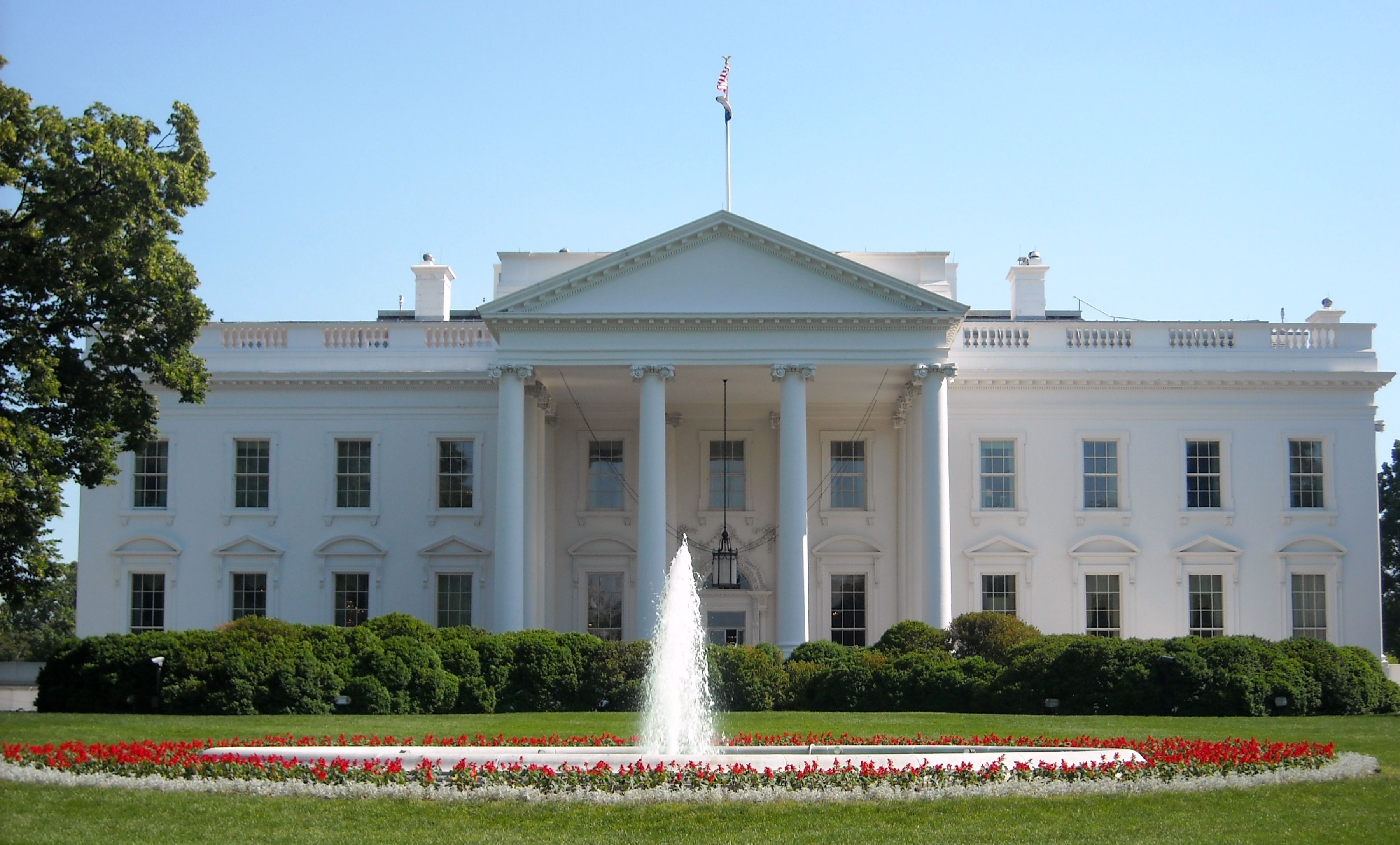Roadmap to Leadership 
By Abida Eijaz @abidaeijaz

The roadmap to leadership is picked from John C Maxwell’s book 5 Levels of Leadership which exquisitely explains leadership as a verb, dividing the actions attached to leadership in five step-by-step levels which include the following:

- Position—People follow because they have to.
- Permission—People follow because they want to.
- Production—People follow because of what you have done for the organization.
- People Development—People follow because of what you have done for them personally.
- Pinnacle—People follow because of who you are and what you represent.
People confuse the first level that is ‘position’ with
ultimate leadership which is just an entry point. True
leadership is not just a matter of having the title,
portfolio, position, or incumbency; it is an inspiration and
influence upon people’s growth to synergize and be
productive across spatial and temporal realms.
According to Maxwell, the highest goal of leadership is to
develop leaders and not mere followers. While explaining the
upsides and downsides of levels, Maxwell says that level one
is a recognition of someone’s potential as a leader,
however, ‘position’ can be misleading and may
make someone a boss who has subordinates and not team
members. Journey to next level starts when a leader values
his people and not position. The f
ocus of level two leader is we and not me which develops and
strengthens relationships with people and brings confidence
and trust in them, however, leaders may appear too lenient
and can be taken advantage of. Level three leaders can bring
momentum in production by gaining influence and credibility
of their team and become change agents, however, production
momentum can be deceptive for them and they can consider
themselves as leaders which they are not. Level four leader
focuses on empowering others which synergize teamwork and
performance increases tremendously, however, feeling of
insecurity and lack of commitment may hamper people
development. Only a few people can achieve level five which
means creating a legacy and extending the platform of
leadership to others, however, leaders at this level can be
carried away and may lose their focus and vision.

The book not only provides an overview of the five different levels of leadership but also helps to determine one’s level of leadership and the upsides and downsides of that level. By highlighting the potential variables that one can come across during this journey, the book provides deep understandings into the levels of leadership. Guiding principles, highlights, and lists help to elaborate each level and the overall understanding of leadership as a verb. For example, the following guiding principles provide a general understanding of leadership levels.
- Levels of leadership are interactive and oscillate. A leader combines all the previous levels of leadership and interacts with individuals at different levels.
- The higher a level is, the more influence it exerts and the more challenging it becomes. Higher levels become easier to lead but demand more time and commitment.
- The higher a level is, the more gravitational pull it exerts as coming down can be very quick however it becomes more rewarding.
- The higher a level is, the more inward and outward growth it demands from the leader. Staying at the same level can limit the potential of all.
- Leadership is neither an alone journey nor like an earned degree, it is intrinsic to multiple factors.
The book is a decent combi nation of theory and practice, explains core philosophies
by relating them to everyone’s life. It successfully
motivates a reader to determine his own level as a leader
and as a team member before going into details of each
level.
nation of theory and practice, explains core philosophies
by relating them to everyone’s life. It successfully
motivates a reader to determine his own level as a leader
and as a team member before going into details of each
level.
The book explains leadership process in a very candid style, modest expression, accompanied with examples from everyday life. The book is easy to read, divided into chapters and subheadings, bullets, highlights, quotes, and lists. Activities offered validate principles and praxis of leadership by providing an understanding and evaluation of leadership levels, how to master each level and rise from one level to the next level.
At times, content seems to be repetitive and one needs to
move back and forth to seek clarity. Too many quotations of
other scholars make the content denser that
appears to be a strength as well as weakness. The levels are
more explained from the perspectives of business and
education but less applied to the political arena.
Photo credit:
http://13db.com/wp-content/uploads/2016/10/art-of-leadership-02.jpg
http://image.slidesharecdn.com/the5levelsofleadershipbyjohnmaxwell-150810144736-lva1-app6891/95/the-5-levels-of-leadership-byjohn-maxwell-6-638.jpg?cb=1439218180
http://blog.readytomanage.com/wp-content/uploads/2012/07/teams-teamwork-cartoon.jpg
https://s-media-cache-ak0.pinimg.com/736x/f3/b4/67/f3b4674558b5586a0b0817a4204ee356.jpg
https://togetherwerise2015.files.wordpress.com/2015/05/cropped-story_8.jpg
https://thumb9.shutterstock.com/display_pic_with_logo/2079866/416384446/stock-photo-simple-cartoon-of-businessmen-rowing-the-boat-teamwork-success-leadership-concept-raster-version-416384446.jpg

